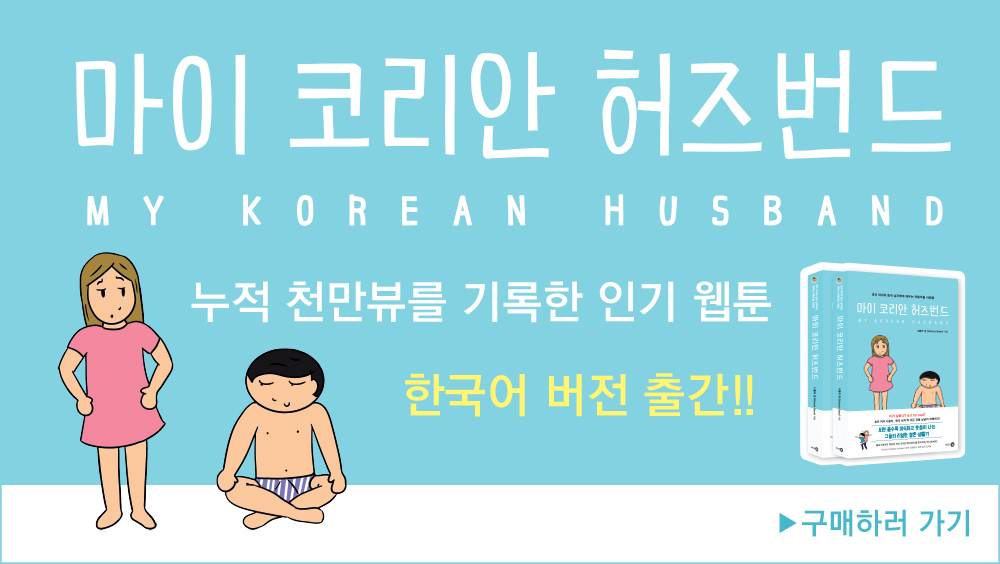Reverse culture shock is such an interesting thing. People who have never had the experience of living in another country and then going back to their own country probably can’t understand the full extent of how shocking it can be. I had no idea how strange it would be. In some ways it can be more shocking than going to another country. You are prepared for cultural differences in another country but in your own country you expect to fit in, and then when you realise how much you’ve changed it brings up conflicted feelings about identity. As the saying (and book title) goes “You can’t go home again” because something has altered your perception and the home that you once knew doesn’t exist anymore.
Things I struggled with in Australia were the greetings and not knowing what to do. I felt anxiety that I had never felt before. I was uncomfortable meeting new people and how to interact with them. The extremes of customer service also bought on another level of anxiety because I just didn’t know what to expect because it could be either extreme or just somewhere in the middle.
In Korea I know foreigners can have trouble with the way people can push and bump in crowded cities and view that as rude, but I’ve realised in Korea it’s not personal, it’s done with blank faces and it’s just people trying to get through their day in a crowded city. In Australia, it’s so personal! You bump into someone and you don’t know what you may get. The person can smile and say, “No worries” or you can be given a look as if you’ve just murdered their whole family because they are so offended that you accidentally bumped into them.
In Korea there is more of an acceptance of mothers and babies in public places. There are many older women that are happy to help out mothers and easily chat with them or even hold your baby while you do something. It’s also normal to bring babies everywhere, especially restaurants, and be out late with them. Because I was with Sophie and Alice while in Sydney and we were out doing things in Sydney, I witnessed the way that she was treated because she is a mother. It was disturbing to me how much she was dismissed and treated as if she was taking up precious space because she had a child with her. Also because we sometimes switched who had Alice or the pram, it would have sometimes appeared that I was the mother and I felt those looks and disapproval directed to me. At one point I had hold of the (pretty small and lightweight pram/stroller) and was trying to get a hold of Alice who starting to run just out of my reach in a shopping centre. A business woman in her 50’s or 60’s had to side step around the pram as I frantically tried to grab a 2 year old, and she did so with the nastiest look on her face and a very audible sigh and eye roll. Oh I’m sorry that you had to go sideways ONE STEP that took ONE SECOND. I was incredibly shocked at how easily people showed their displeasure to strangers. I can see how a more community orientated society has a lot of benefits for mothers in Korea. You also see many of the grandparents looking after the children in Korea too and it’s normal to be out in public with young children. I also see a lot less public tantrums from children in Korea too.
Some great things about Australia, in particular Sydney, was the multiculturalism and the access to lots of different food! Ironically it’s easier to get authentic Asian food (other than Korean) in Australia than it is in Korea. While it’s definitely getting better in Korea, it’s still normal for foreign food to be made by Koreans and be extremely adjusted for Korean tastes. In Sydney, in Thai town, we had $4 boat noodle soup with Han and Sophie because it was a Thai place that catered to Thai people, whereas in Korea it’s less authentic and more expensive. Being more multicultural allows for there to be more authentic cuisine and a huge variation of food. But on the other hand, restaurant prices on a whole in Australia were more expensive than normal Korean food restaurants in Korea.
Another thing I didn’t mention was how much skin people show! Seeing low cut tops and cleavage was quite shocking to me in Australia. In Korea it’s okay to show the legs, but not the chest, back and shoulders. While in Korea it can be annoying to not be able to wear skimpy tops in summer, I really have changed how I think about what are appropriate clothes.
Of course both countries have pros and cons, but sometimes you don’t really realise what they are for your own country until you live in another country.
As always, these are just our opinions and our experiences.

Recent Comments